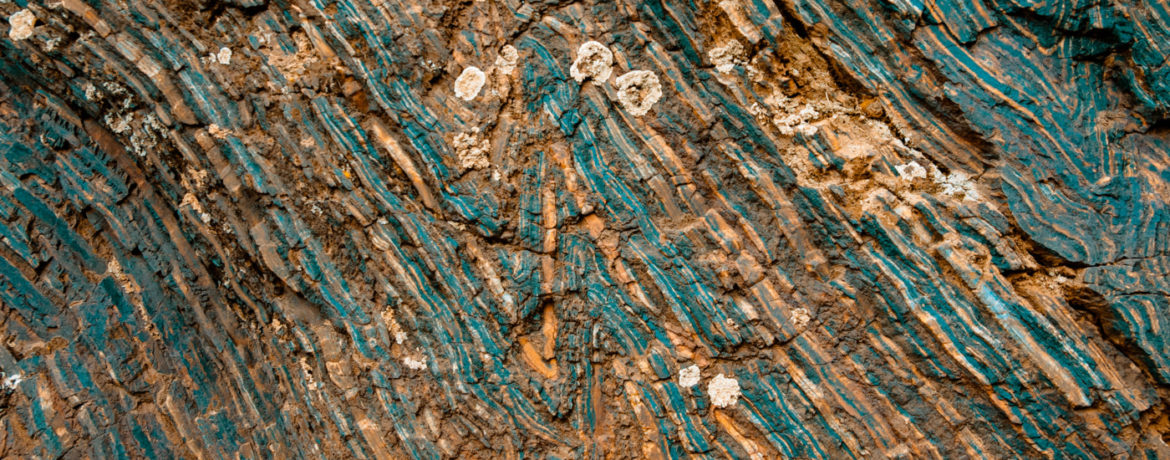
RESEERVE project launches West Balkan Mineral Register of primary and secondary resources
Unlocking the mineral potential of the Eastern and South-Eastern Europe region
RESEERVE project has launched the West Balkan Mineral Register to provide a comprehensive and useful register of primary and secondary raw materials. The West Balkan Mineral Register focuses on metals and industrial primary minerals, mine and metallurgical waste sites in the following ESEE countries: Albania, Bosnia and Herzegovina, Croatia, North Macedonia, Montenegro and Serbia. The project aims to increase the capacity of mineral management in the West Balkan countries and ensure a sufficient flow of mineral information for European industry to expand their business and investment in the West Balkan region.
The RESEERVE project represents the first step in establishing fruitful cooperation between countries where there are not yet EIT RawMaterials partners. The geographical coverage of European Minerals Inventory is being extended with data from the West Balkan countries belonging to the Regional Innovation Scheme (RIS) region. In line with EU mineral needs and strategic trends, West Balkan Mineral Register provides publicly available data for interested stakeholders: potential investors, mineral-related companies, research and educational institutions.
The project will reduce exploration costs and investment risks, thus positively contributing to boost economic development and employment in the ESEE region. The project is also in line with the EU Green Deal aimed at transforming the EU into a fair and prosperous society, with a modern, resource-efficient and competitive economy.
West Balkan Mineral Register of Primary Raw Materials
The West Balkan Mineral Register of Primary Raw Materials relates to mineral deposits and mineral endowment in the EU neighbouring countries in West Balkan. Mineral Register facilitates the establishment of West Balkan mineral community and accelerates mineral exploration. These actions will enable the integration of West Balkan into the pan‐European mineral market. According to the EU mineral demands and its strategic tendencies, metals, industrial minerals and rocks are integrated into a common dataset, focusing on critical raw materials (CRMs).
Primary raw materials data are addressed to active, abandoned and closed mines that might be interesting for further exploration/exploitation and perspective greenfields where any relevant data exit. The 473 locations of primary mineral resources are represented in the register on the European Geological Data Infrastructure (EGDI) map.
West Balkan Mineral Register of Secondary Raw Materials
The creation of West Balkan Mineral Register of Secondary Raw Materials acquire information about the mine and metallurgic waste sites in involved ESEE countries and create a common dataset for this part of Europe to improve their accessibility. Created dataset contains the following information on secondary mineral deposits: basic geographical information of each site, type of waste landfill, geometry and primary extracted elements. Evaluation and classification of potential secondary raw materials, identification of extraction possibilities and environmental impact assessment has been performed on waste deposits. Such a systematic approach presents a good starting point for mineral extractive industry, to enter into new markets.
Secondary raw materials data acquire information about the mine and metallurgic waste sites in involved ESEE countries and create a common dataset for this part of Europe to improve their accessibility. The 1461 locations of secondary raw materials in the West Balkan countries are represented in the register and on the Google Earth viewer.
